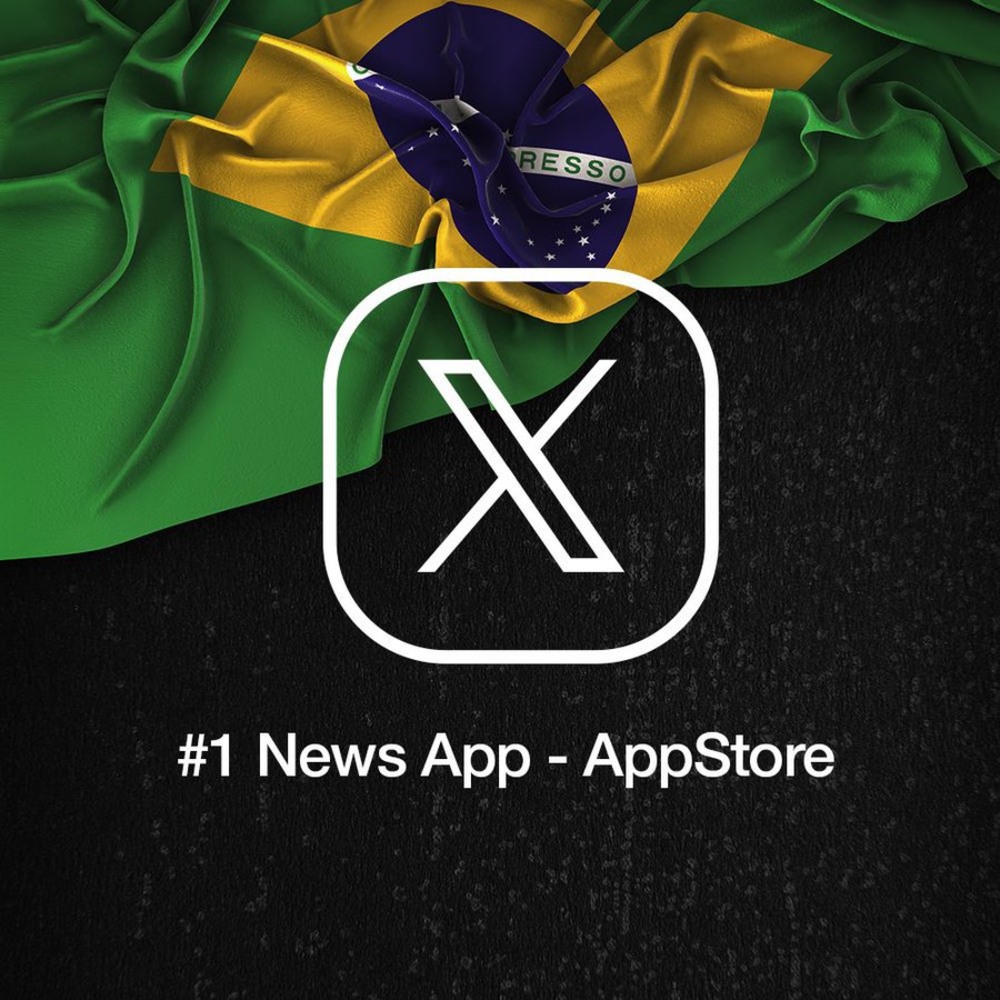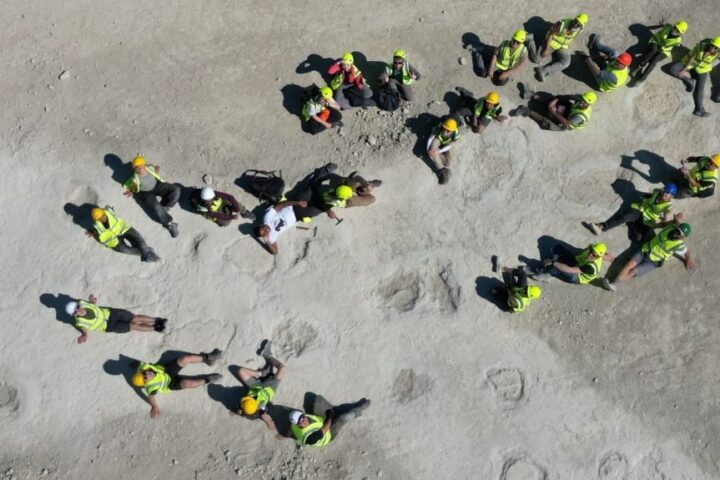Tamarins use specific vocalizations to identify each other, akin to names—a highly advanced cognitive ability that, apart from humans, had only been discovered in elephants and dolphins, according to a study by the Hebrew University of Jerusalem, published in Science.
To make this study, researchers recorded natural conversations between pairs of tamarins, as well as interactions between monkeys and a computer system, observing that the monkeys use specific vocalizations to address particular individuals.
“This discovery highlight the complexity of social communication among marmosets,” says one of the authors, David Omer, a brain sciences researcher at the Hebrew University, in a statement from the center. “These similarities suggest that they faced comparable evolutionary social challenges to our early pre-linguistic ancestors, which might have led them to develop similar communicating methods,” he adds. This indicates that these calls are used to label and address other individuals, enhancing social bonds and group cohesion.
Similar Posts
Additionally, it was observed that members of the same tamarin family use similar vocal labels to address other individuals and employ similar sound characteristics to encode different names. This is similar to the use of dialects in humans. Tamarins learn both the vocalization associated with their name and the dialect they share with the members of their family group.
Researchers believe that this form of vocal labeling may have evolved to help tamarins stay connected in their dense rainforest habitat, where visibility is often limited. “Marmosets live in small monogamous family groups and take care of their young together, much like humans do,” explains Omer.
The ability of tamarin monkeys to label each other with specific calls suggests that they have developed complex brain mechanisms, potentially analogous to those that gave rise to language in humans. This capacity for identification within the group through specific vocalizations has recently been discovered in elephants and dolphins, further illustrating the unique nature of tamarin communication.


















